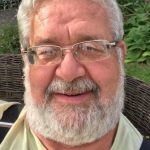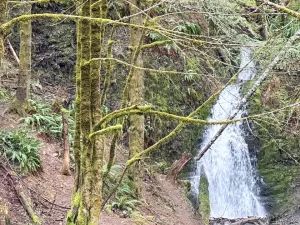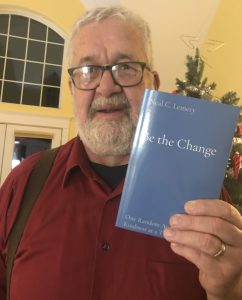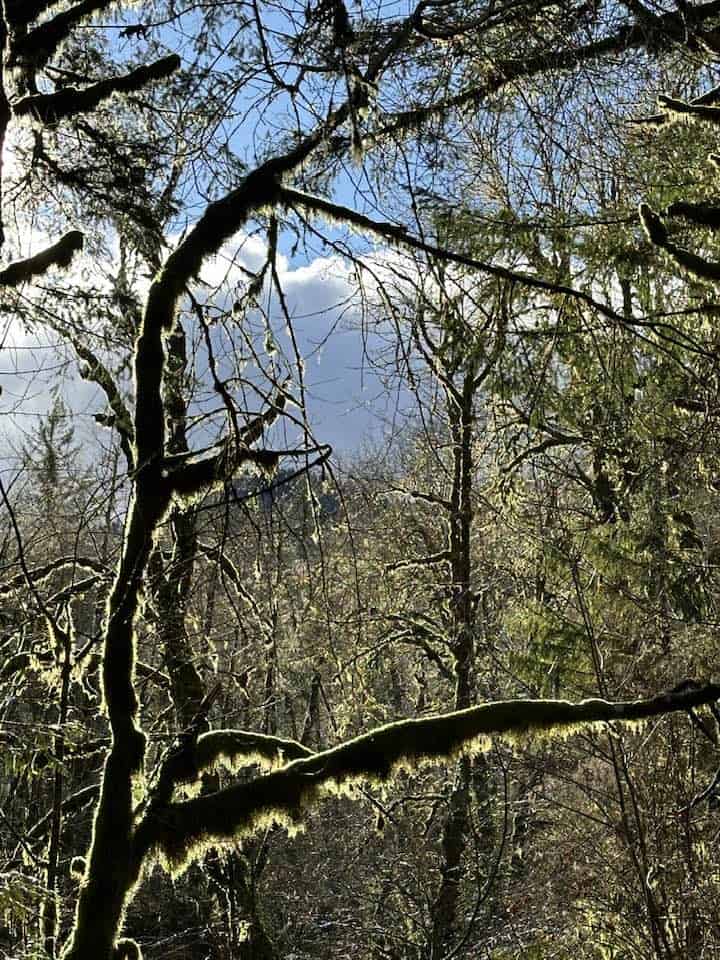 By Neal Lemery
By Neal Lemery
Today’s word is “sentient”. “Capable of sensing or feeling: conscious of or responsive to the sensations of seeing, hearing, feeling, tasting or smelling.” (Webster’s Dictionary)
I’m enjoying the writings of Diana Berensford-Kroeger. Her book, To Speak for the Trees: My Life’s Journey from Ancient Celtic Wisdom to a Healing Vision of the Forest, has broadened my understanding and appreciation for the natural world and the love of trees. Her observations, research, and knowledge of Celtic culture and healing, enrich me, and is a tapestry of the worlds of biology, theology, and spiritual awareness of our world.
“…I proved that such (neural) pathways existed in plants—in some more than others, and in trees most of all.
“Plants contain the sucrose version of serotonin as a working molecule. It is a water-soluble compound, say in a tree. Seratonin is a neural-generator. By proving that the tryptophan-tryptamine pathways existed in trees, I proved that trees possess all the same chemicals we have in our brains. Trees have the neural ability to listen and think; they have all the component parts necessary to have a mind or consciousness. That’s what I proved: that forests can think and perhaps even dream.”
After reading that, I took a stroll through the young forest my wife and I have planted. Young trees, some as high as forty feet, and native shrubs have filled the former pasture with thriving plants that are recreating the ancient forest that once dominated the neighborhood. The idea that trees can perceive, think, and communicate with each other, and ourselves, on a level we don’t quite understand, seems like an old idea to me, comforting, reassuring. As I stand in the middle of this new forest, such concepts seem simply obvious, a matter of fact.
We are not alone. We are interdependent with plants, for oxygen, food, shelter, and all the other necessities and luxuries of life. That seems hardly revolutionary to me; the idea of our interdependence with other forms of life on this planet . It is an idea commonly part of indigenous cultures, with societies we seem eager to brand as “primitive” or “undeveloped”. Yet, the basis of our fundamental understandings of the functioning of the world, of the basic principles of science, come from those “primitive” understandings and observations.
We have much to learn. Knowledge is age-old, “primitive” in its sources and in our quest to
“prove” our suppositions and theorems. Recent observers and commentators have also offered their analyses and education about the natural world, indigenous cultural ideas, and modern science. This interdependence, these relationships seem to me to simply be obvious, on every level.
Peter Wohleben, The Hidden Life of Trees, What They Feel, How They Communicate; Suzanne Simard, Finding the Mother Tree: Discovering the Hidden Life of the Forest; and Robin Wall Kimmerer, Braiding Sweetgrass: Indigenous Wisdom, Scientific Knowledge and the Teaching of Plants are excellent explorations of this work, this synthesis of ancient observations and scientific curiosity. Their observations, thinking and messages to us about the future of our planet are both urgent and compelling.
 On a recent trip, I stop at a favorite waterfall. It doesn’t attract many visitors, though it is by the side of the road and there’s a nice parking area. A twenty step walk brings me to its base, where the falls plunge into a small pool. The falls are lively from recent rains and snowmelt at the end of winter. The water sounds seem eternal, overwhelming the noises from the highway. Time pauses here, with the incessant, soothing sounds of falling water, a light breeze in the trees, and the peace of the forest.
On a recent trip, I stop at a favorite waterfall. It doesn’t attract many visitors, though it is by the side of the road and there’s a nice parking area. A twenty step walk brings me to its base, where the falls plunge into a small pool. The falls are lively from recent rains and snowmelt at the end of winter. The water sounds seem eternal, overwhelming the noises from the highway. Time pauses here, with the incessant, soothing sounds of falling water, a light breeze in the trees, and the peace of the forest.
It is a good place for a conversation, and I pause to listen. I lean in, seeking to comprehend the messages the forest is expressing. I am new to this, or am I? I take another breath, becoming still, becoming more aware of all of the possibilities of listening, and responding when I am able, when I have something worthwhile to say on my own behalf. Now, I am the listener, the learner, a part of the conversation.

Books: NEW book – BE THE CHANGE – One Random Act of Kindness at a Time; Neal’s other books include: Building Community: Rural Voices for Hope and Change; Finding My Muse on Main Street, Homegrown Tomatoes, and Mentoring Boys to Men


